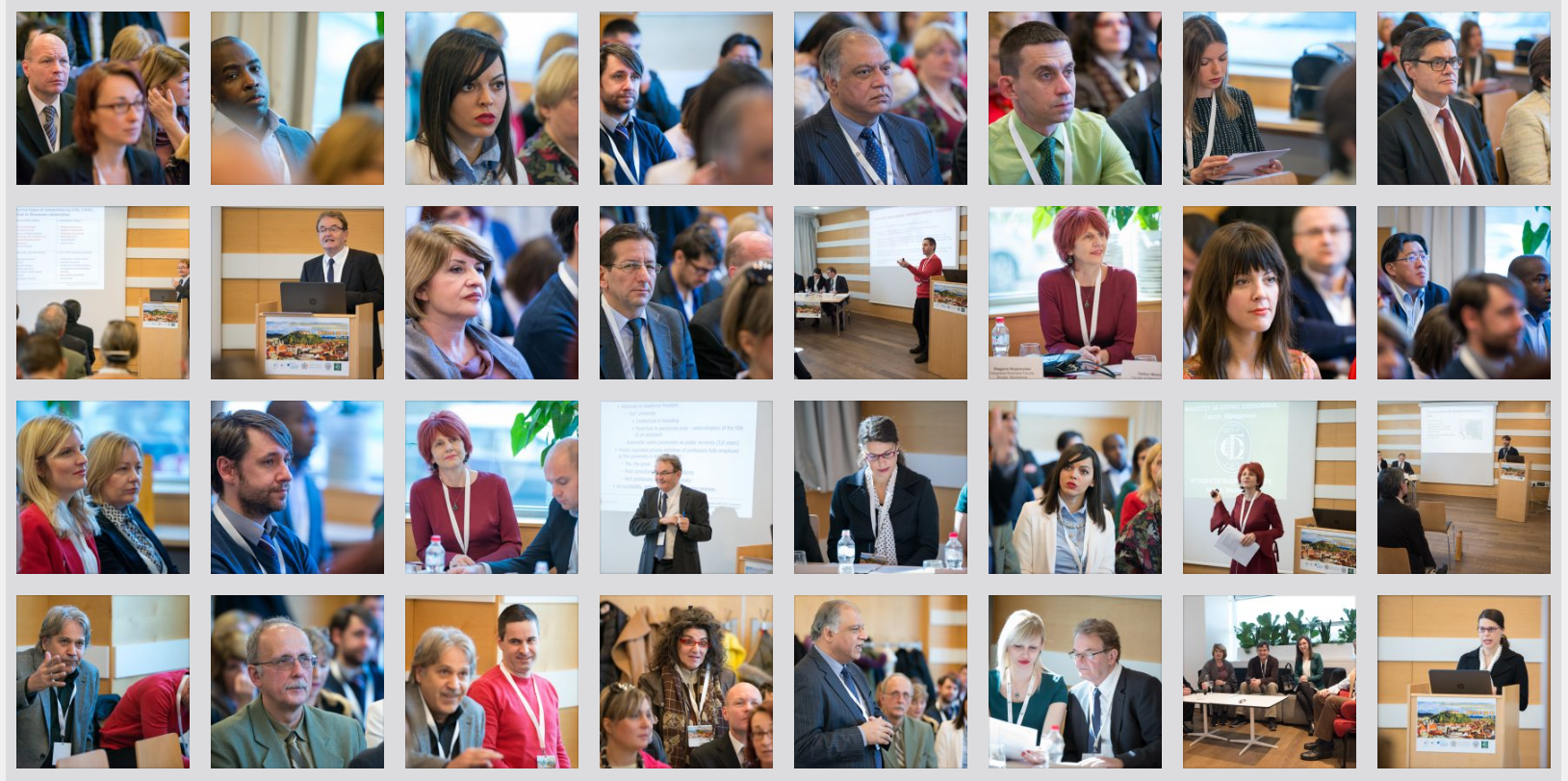Goran Marinković – Faculty of Technical Sciences, University of Novi Sad, 21000 Novi Sad, Serbia
Žarko Nestorović – Public Company of Electricity Production – EPS, Branch “Djerdap”, Kladovo, Serbia
Zoran Ilić – Academy of Technical and Educational Vocational Studies, Aleksandra Medvedeva 20, 18000 Nis, Serbia
Marko Božić – Meixner d.o.o., Hermanova 16/G, 10000 Zagreb, Croatia
Keywords:
Competing projects;
Budgeting;
Projects ranking;
Complex process
Abstract: Land consolidation as a power tool for land management is a resource-demanded process that requires sensitive decision-making from the beginning of the process to its finish. The beginning of the process of land consolidation starts with the decision of how to distribute the limited resources on competing projects of land consolidation. Since its numerous benefits and the natural process of land property fragmentation land consolidation should be provided permanently but it is not possible because of limited resources including finance. This implies that decision-making about the distribution of a limited budget on competing projects (or which project should be realized) is the first decision-making before starting with land consolidation project realization. This is not an easy decision because land consolidation is long long-lasting projects and resources captured for the realization of one project could not be utilized for another one. In this paper, multi-criteria decision-making is discussed as a model for decision-making about the ranking of land consolidation projects

Download full paper

7th International Scientific Conference – EMAN 2023 – Economics and Management: How to Cope With Disrupted Times, Ljubljana, Slovenia, March 23, 2023, CONFERENCE PROCEEDINGS, published by: Association of Economists and Managers of the Balkans, Belgrade, Serbia; ISBN 978-86-80194-69-1, ISSN 2683-4510, DOI: https://doi.org/10.31410/EMAN.2023
Creative Commons Non Commercial CC BY-NC: This article is distributed under the terms of the Creative Commons Attribution-Non-Commercial 4.0 License (https://creativecommons.org/licenses/by-nc/4.0/) which permits non-commercial use, reproduction and distribution of the work without further permission.
Burton, S., & King, R. (1982). Land fragmentation and consolidation in Cyprus: A descriptive evaluation. Agricultural Administration, 11(3), 183-200.
Crecente, R., Alvarez, C., & Fra, U. (2002). Economic, social and environmental impact of land consolidation in Galicia. Land use policy, 19(2), 135-147.
Hwang, C. L., Yoon, K., Hwang, C. L., & Yoon, K. (1981). Methods for multiple attribute decision making. Multiple attribute decision making: methods and applications a state-of-the-art survey, 58-191.
Jürgenson, E. (2016). Land reform, land fragmentation and perspectives for future land consolidation in Estonia. Land Use Policy, 57, 34-43.
Marinković, G., Ilić, Z., Trifković, M., Tatalović, J., & Božić, M. (2022). Optimization Methods as a Base for Decision Making in Land Consolidation Projects Ranking. Land, 11(9), 1466. https://doi.org/10.3390/land11091466
Marinković, G., Lazić, J., Morača, S., & Grgić, I. (2019). “Integrated assessment methodology for land consolidation projects: Case study Pecinci, Serbia.” Archives for Technical Sciences 2019, 20(1), 43-52
Marinković, G., Ninkov, T., Trifković, M., Nestorović, Ž., & Pejičić, G. (2016). ON THE LAND CONSOLIDATION PROJECTS AND CADASTRAL MUNICIPALITIES RANKING. Tehnicki vjesnik/Technical Gazette, 23(4).
Niroula, G. S., & Thapa, G. B. (2005). Impacts and causes of land fragmentation, and lessons learned from land consolidation in South Asia. Land use policy, 22(4), 358-372.
Opricović, S. (2009). Compromise in cooperative game and the VIKOR method. Yugoslav Journal of Operations Research, 19(2), 225-238.
Saaty, T. L. (1990). How to make a decision: the analytic hierarchy process. European journal of operational research, 48(1), 9-26.
Saaty, T. L. (2008). Decision making with the analytic hierarchy process. International journal of services sciences, 1(1), 83-98.
Sembiring, B. S., Zarlis, M., Sawaluddin, Agusnady, A., & Qowidho, T. (2019). Comparison of SMART and SAW Methods in Decision Making. Journal of Physics: Conference Series, 1255(1), 012095. https://doi.org/10.1088/1742-6596/1255/1/012095
Thomas, J. (2006). Property rights, land fragmentation and the emerging structure of agriculture in Central and Eastern European countries. eJADE: electronic Journal of Agricultural and Development Economics, 3(853-2016-56129), 225-275.
Vitikainen, A. (2004). An overview of land consolidation in Europe. Nordic Journal of Surveying and real Estate research, 1(1).
Wójcik-Leń, J., Leń, P., Mika, M., Kryszk, H., & Kotlarz, P. (2019). Studies regarding correct selection of statistical methods for the needs of increasing the efficiency of identification of land for consolidation—A case study in Poland. Land Use Policy, 87, 104064. https://doi.org/10.1016/j.landusepol.2019.104064

